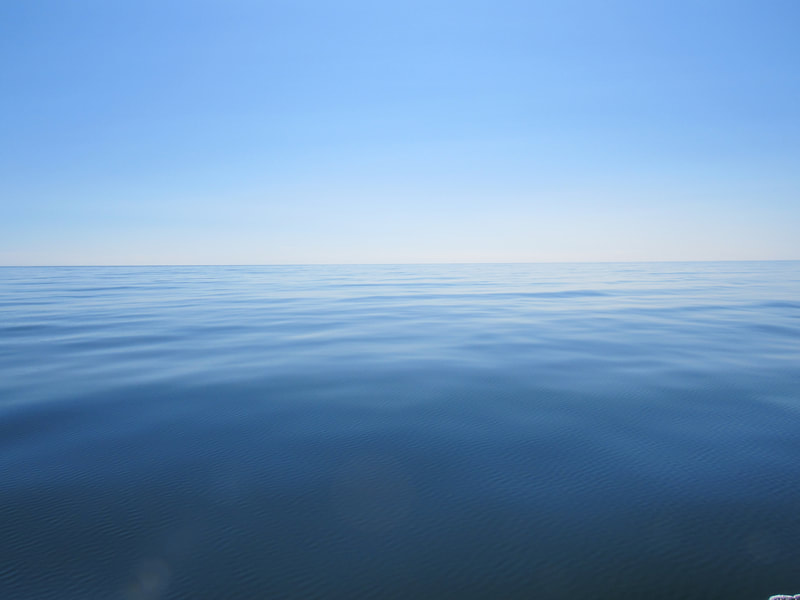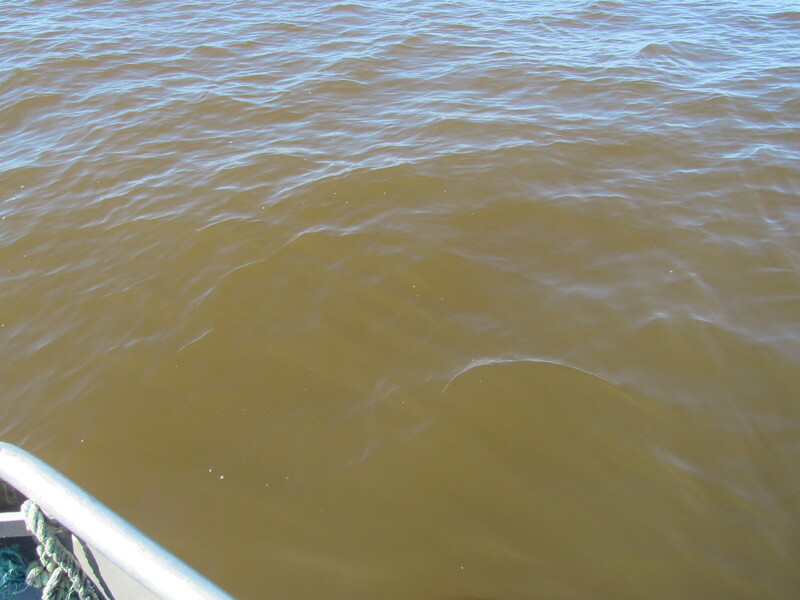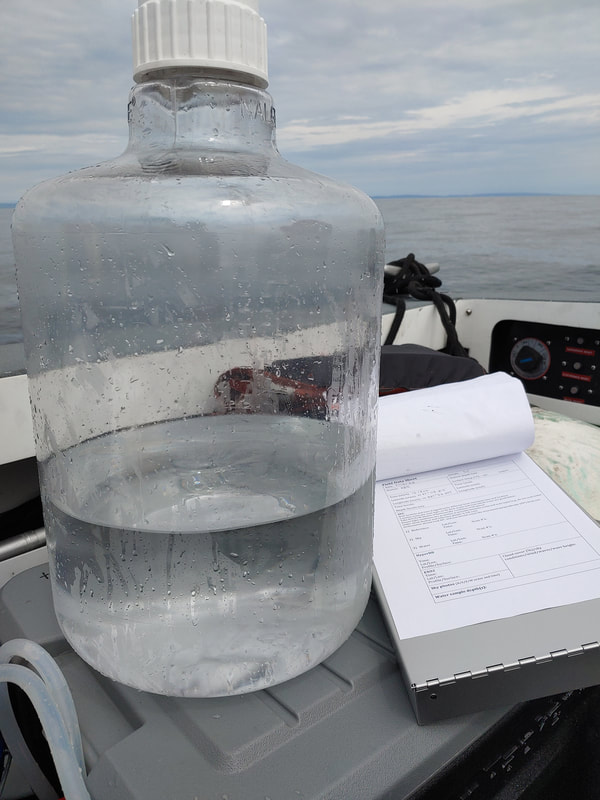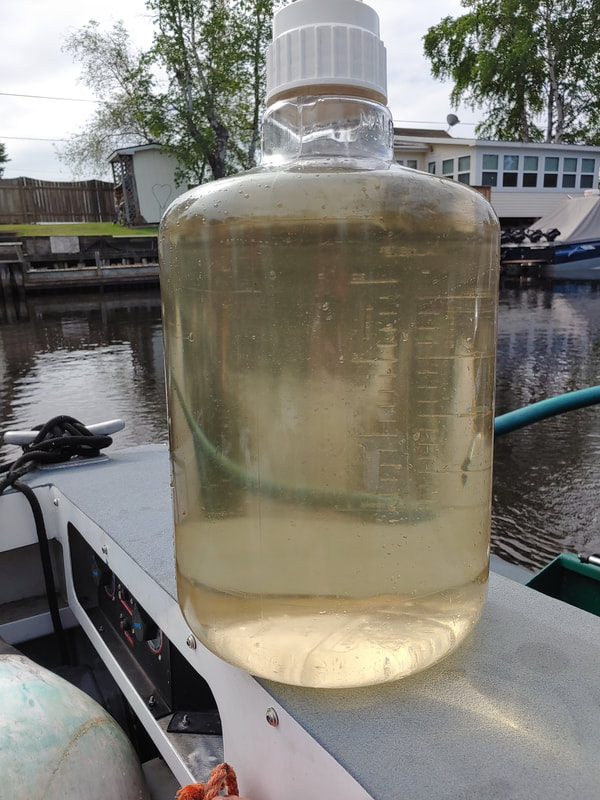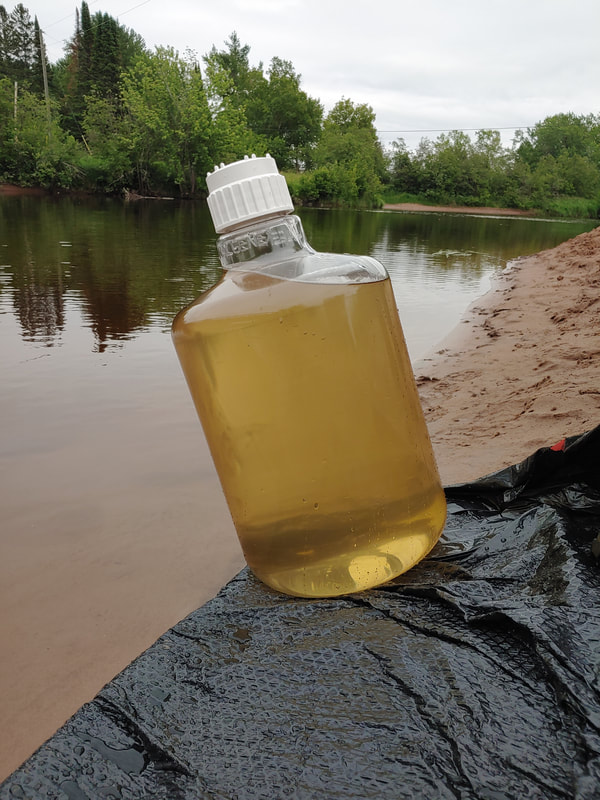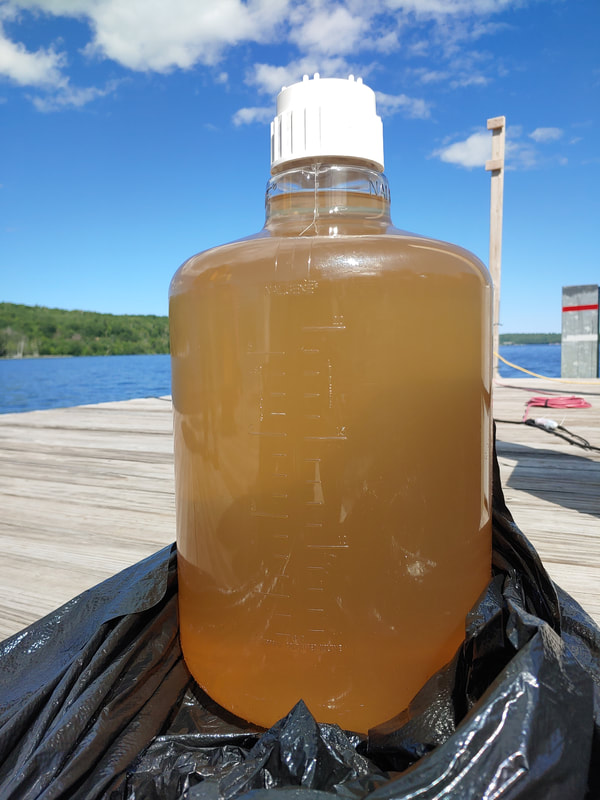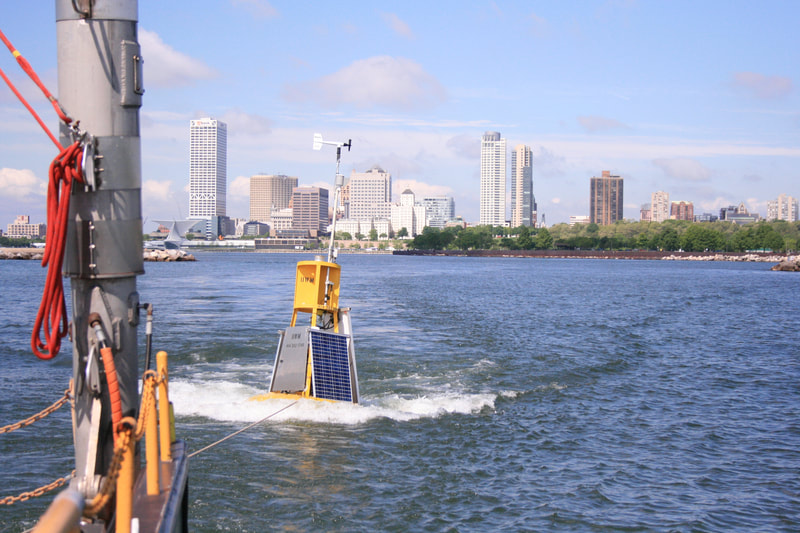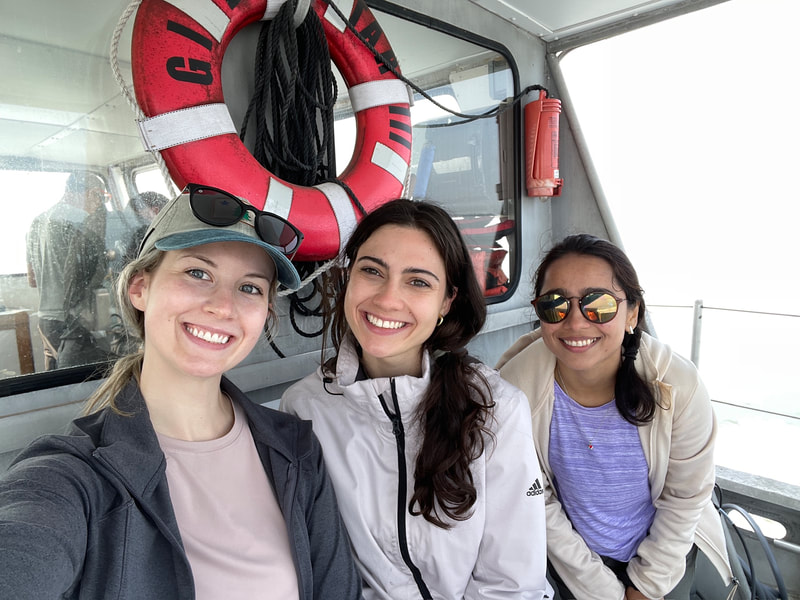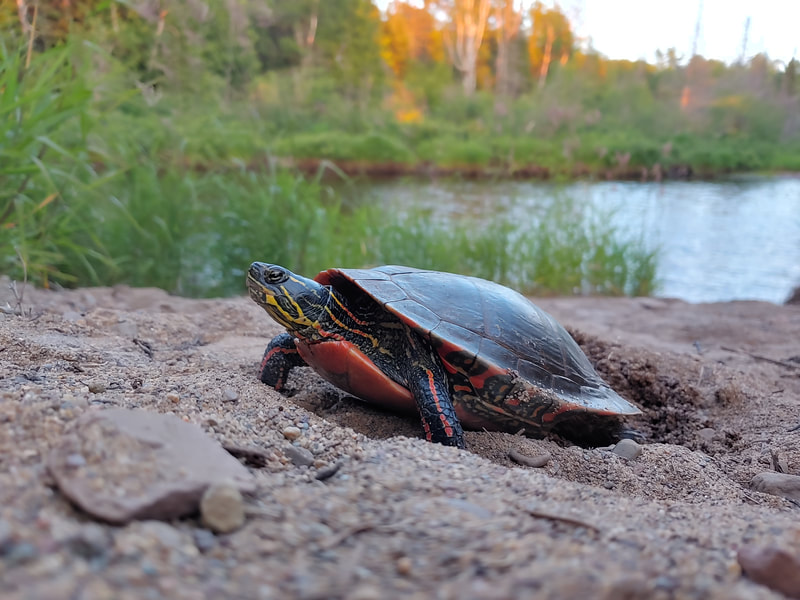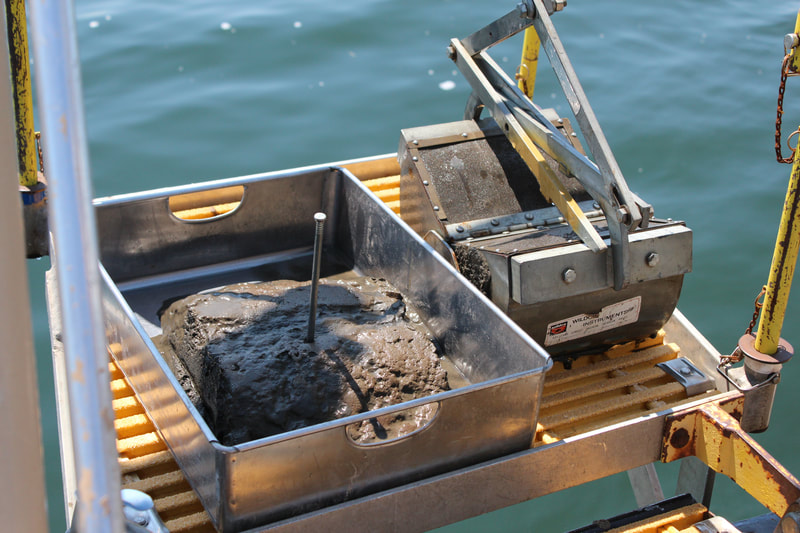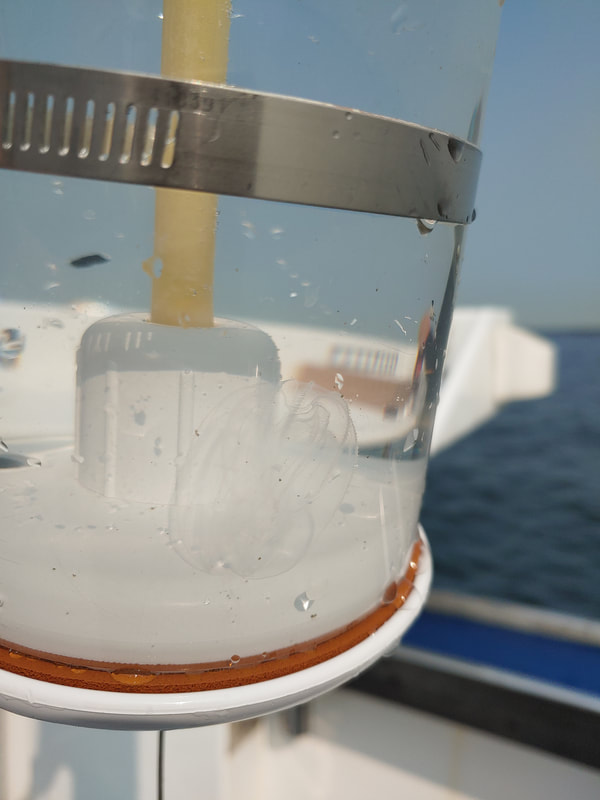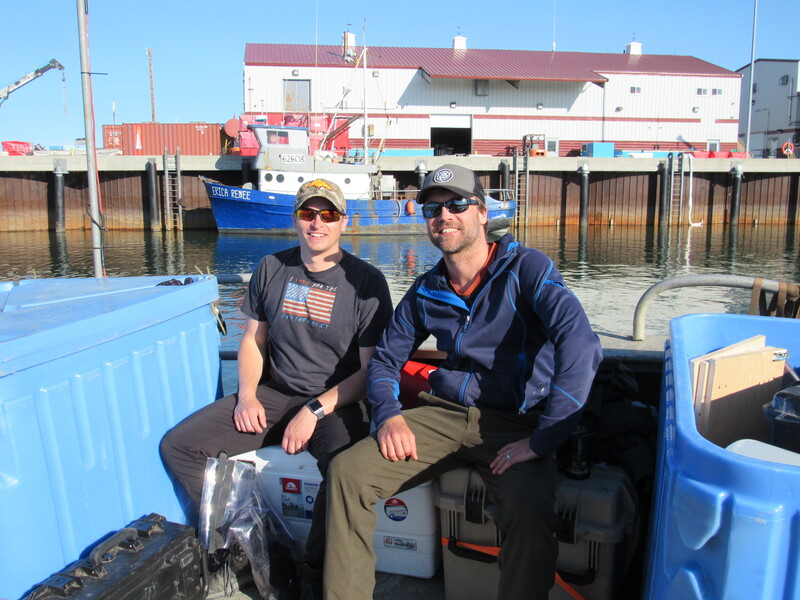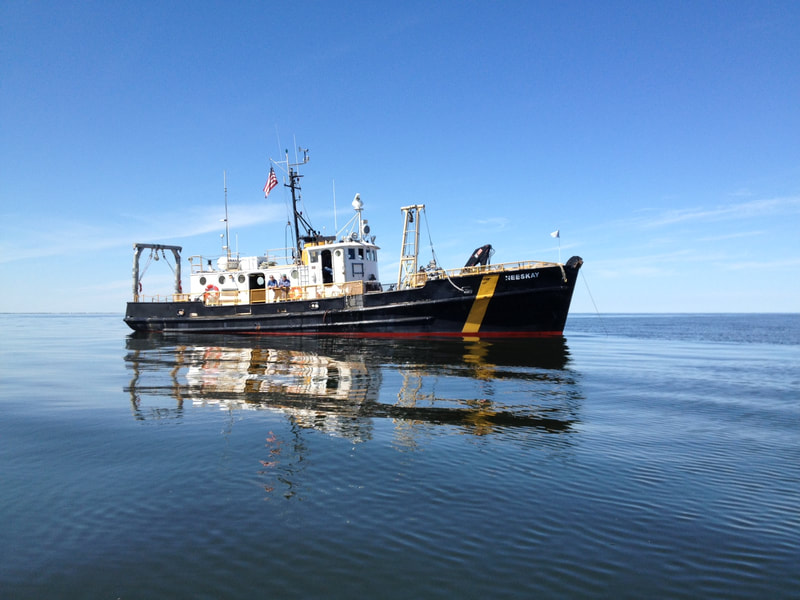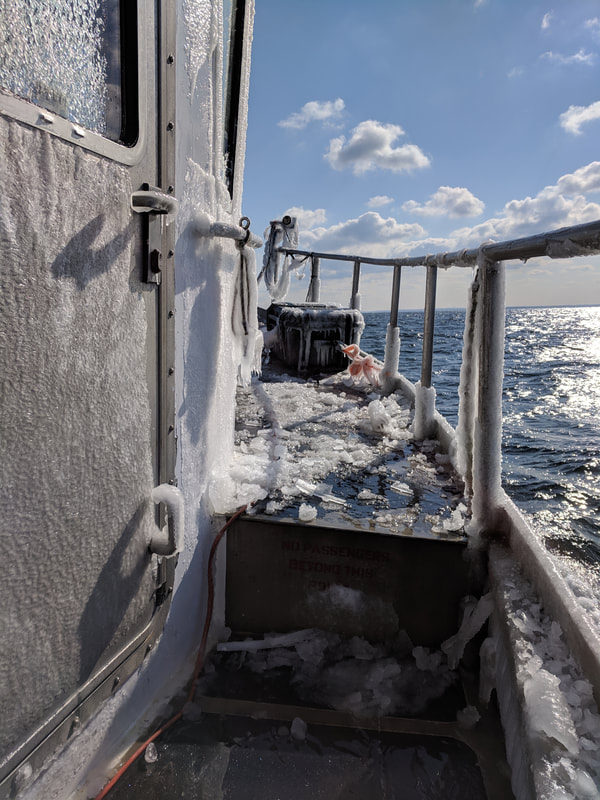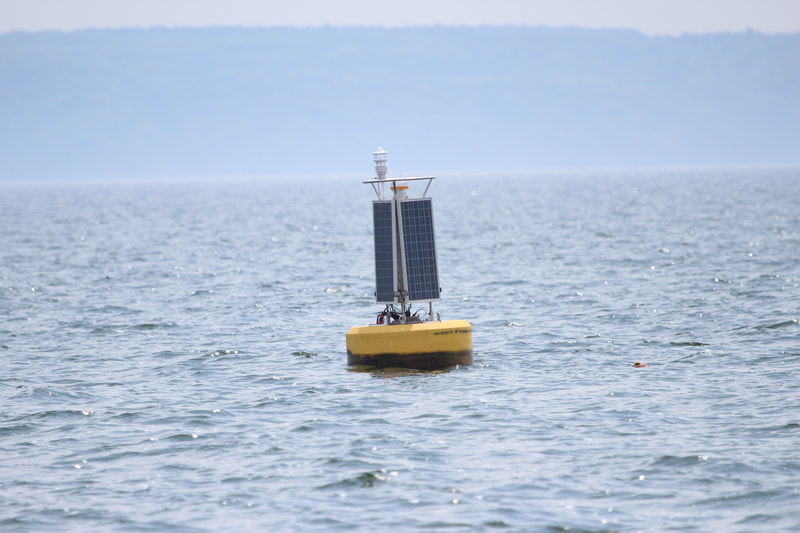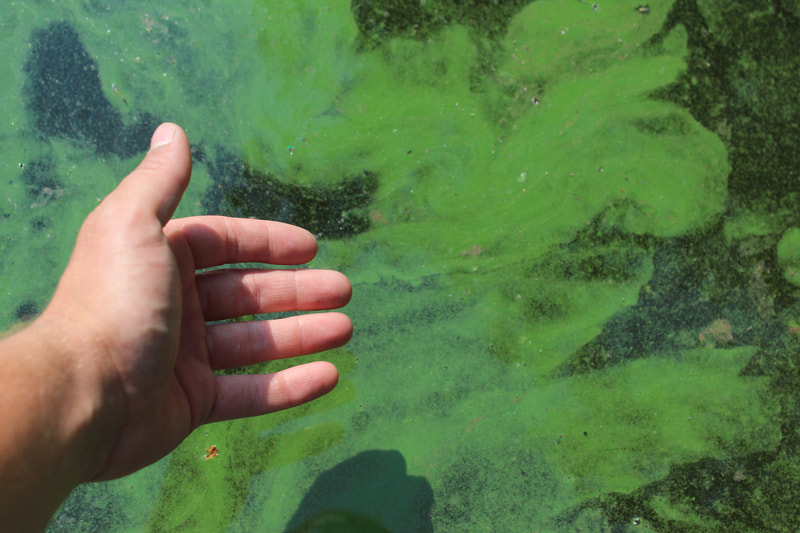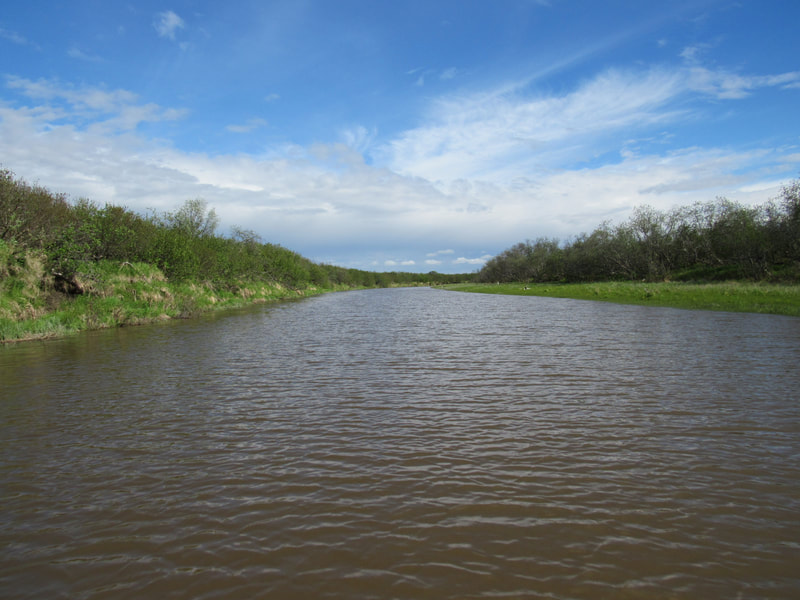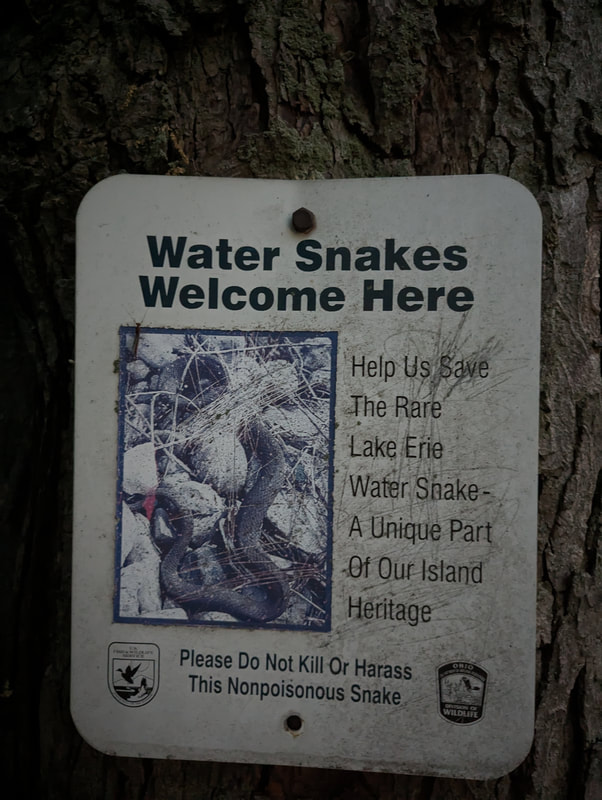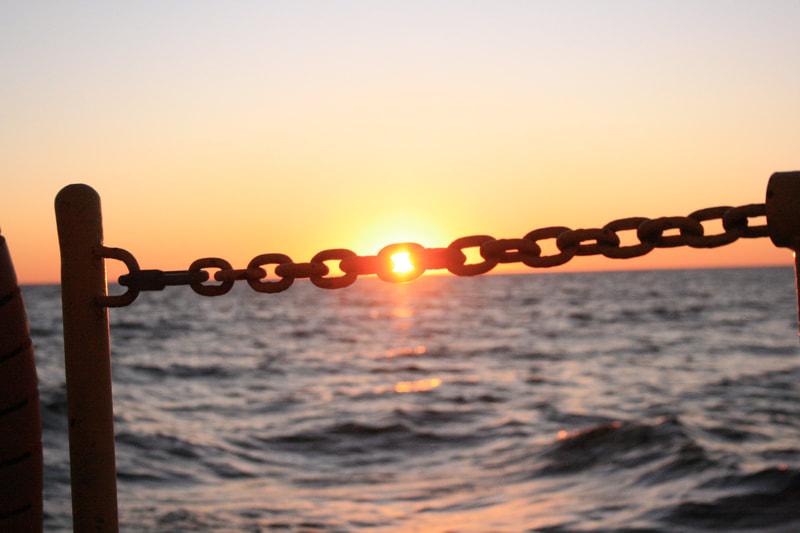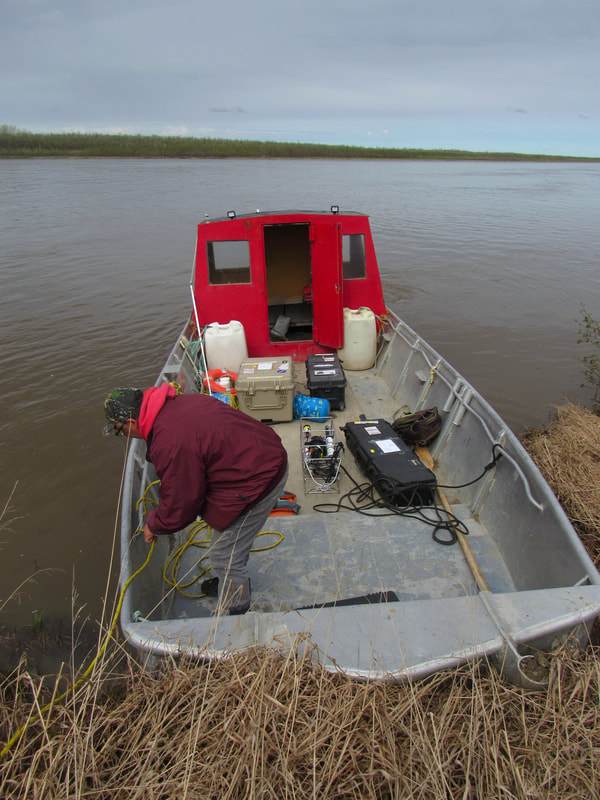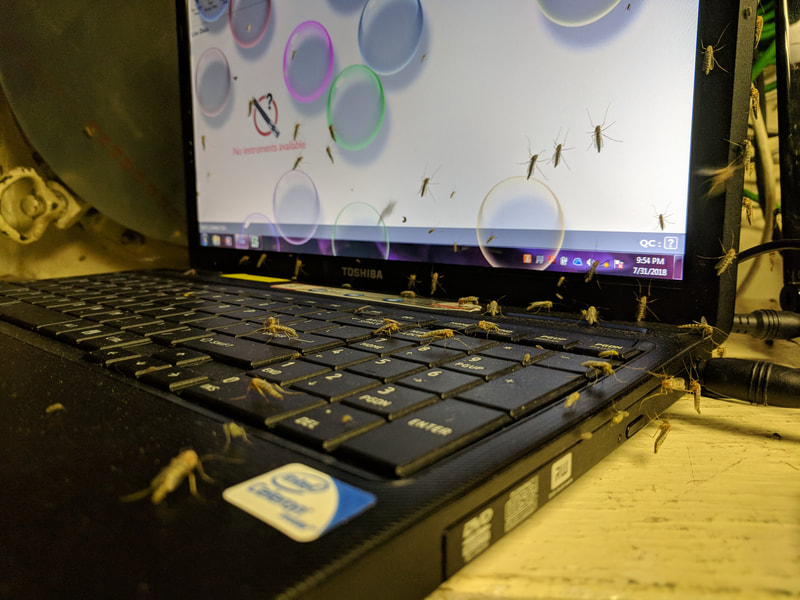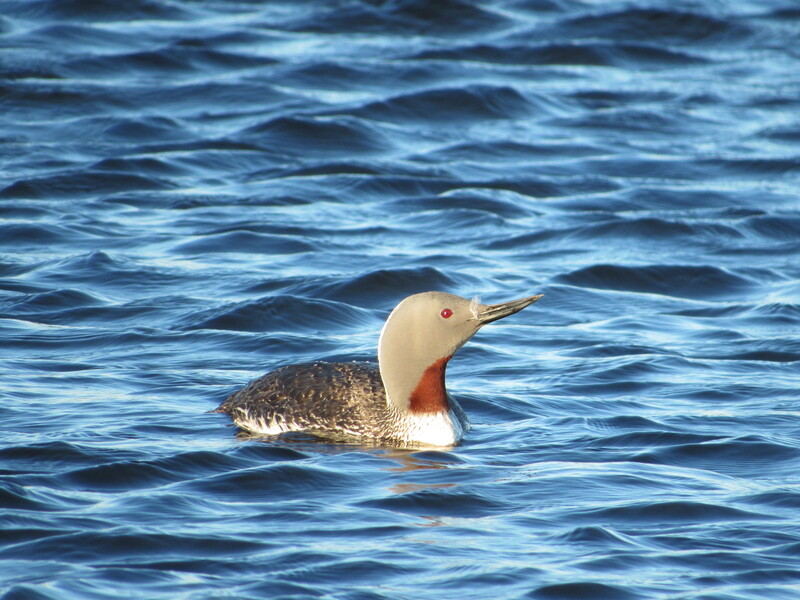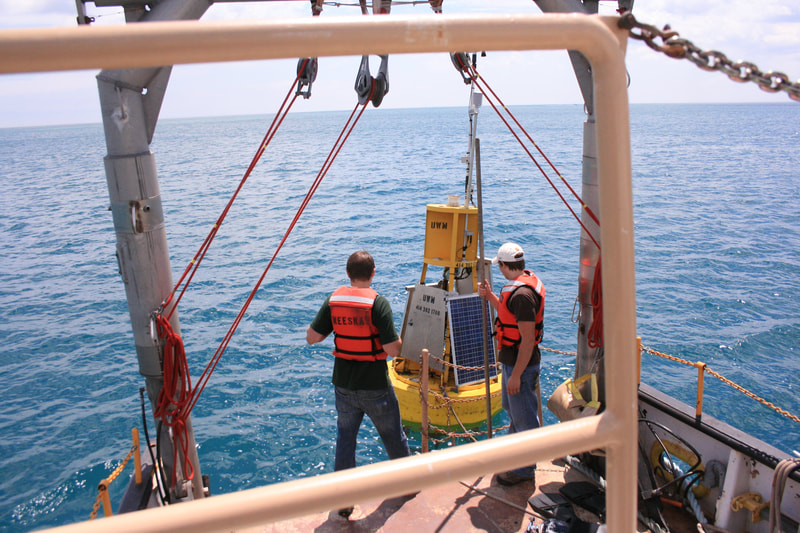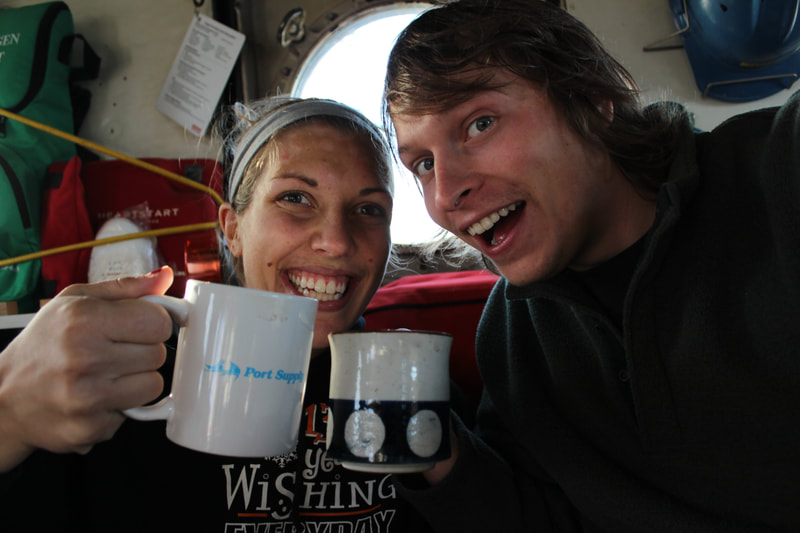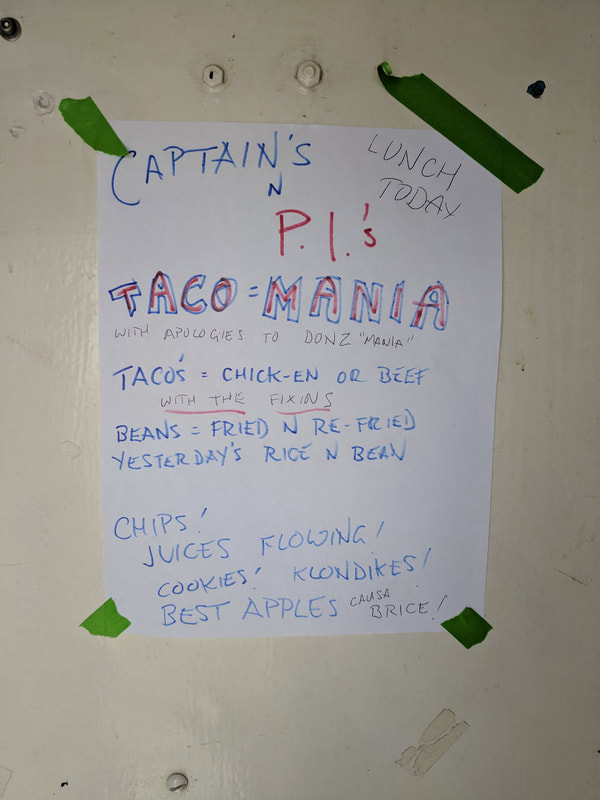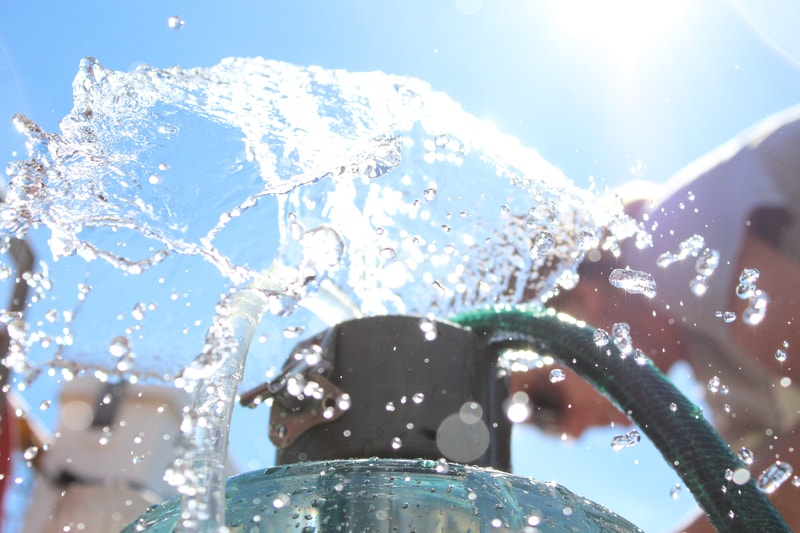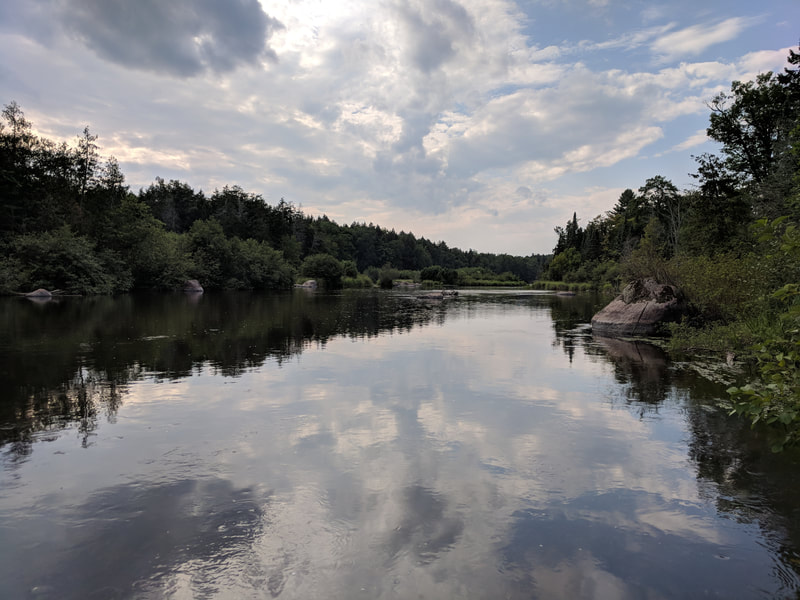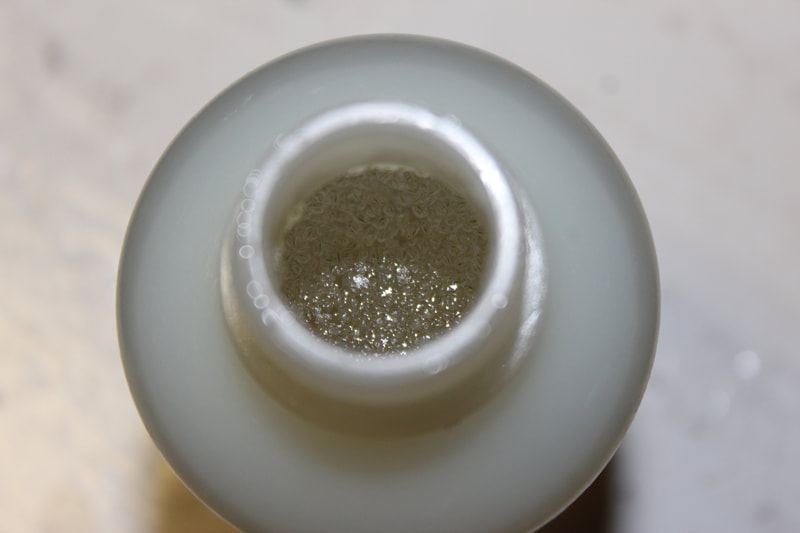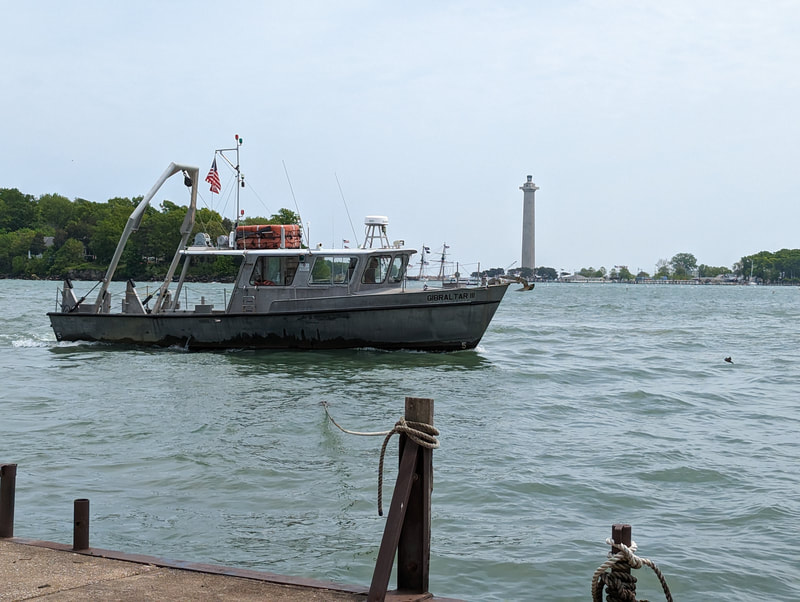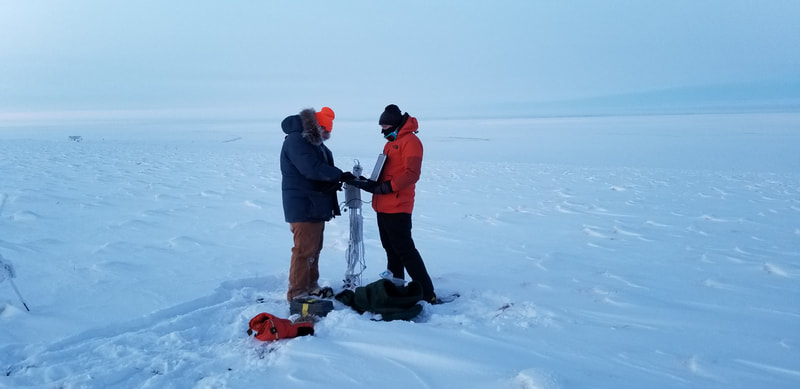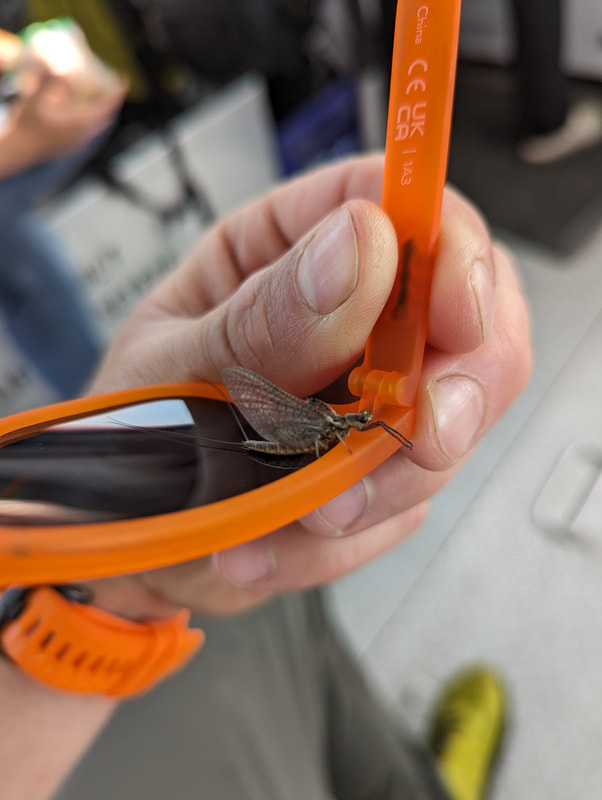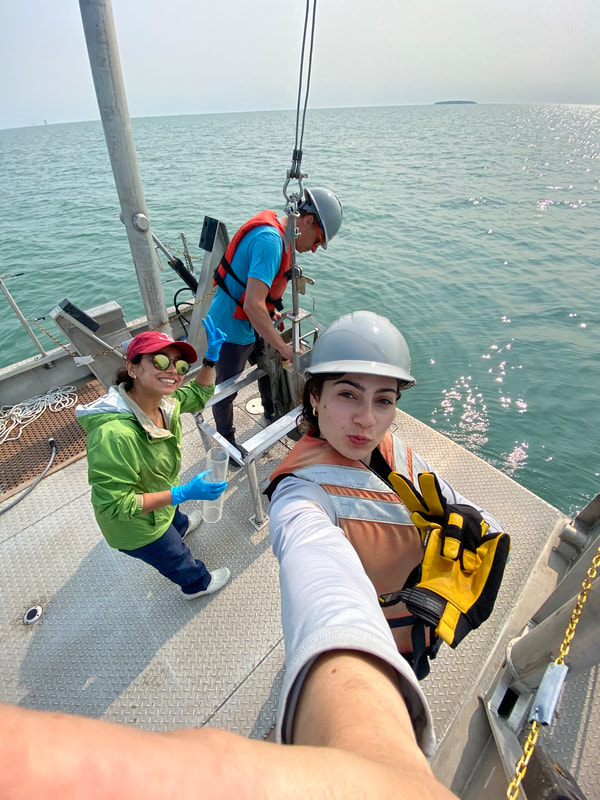The Carbon & (H2)Optics Lab at Cleveland State University
Research OverviewShining Light on the Global Carbon Cycle
Aquatic systems are filled with dissolved organic molecules that fulfill a variety of functions, from feeding the base of the food web to regulating the underwater light field. A component of this material is colored, or interacts with light - this colored dissolved organic matter is the "tea of the sea" and interacts with light uniquely, based on its origin and molecules present. Think of coffee or tea - origin, elevation and cultivar can impact the color, flavor and aroma of your favorite cup. All of these properties carry information on the basic building blocks, or organic molecules, in the beans or leaves. And by interacting with light, these molecules impact the color of water. Alongside other constituents like phytoplankton and sediment, these unique water colors create signals visible to our eyes, aircraft, and even satellites orbiting in space. Our lab leverages these unique signals to learn more about how aquatic ecosystems function, from increasing observations in space and time to developing a mechanistic understanding of how these systems operate and what drives observed variability. We ask questions and observe these processes across a range of environments, from the Great Lakes to the coastal ocean, and Alaska to Hawai'i. |
Advancing Our Understanding of Aquatic Biogeochemistry
By considering the foundational components of aquatic ecosystems - dissolved and particulate organic matter, microbes, and phytoplankton - and pairing these observations with process studies and satellite observations, we are able to expand our fundamental understanding of how aquatic ecosystems function. This knowledge is in turn critical for modeling and forecasting change in these systems, from adaptive management activities within our watersheds to large scale climate variability.
